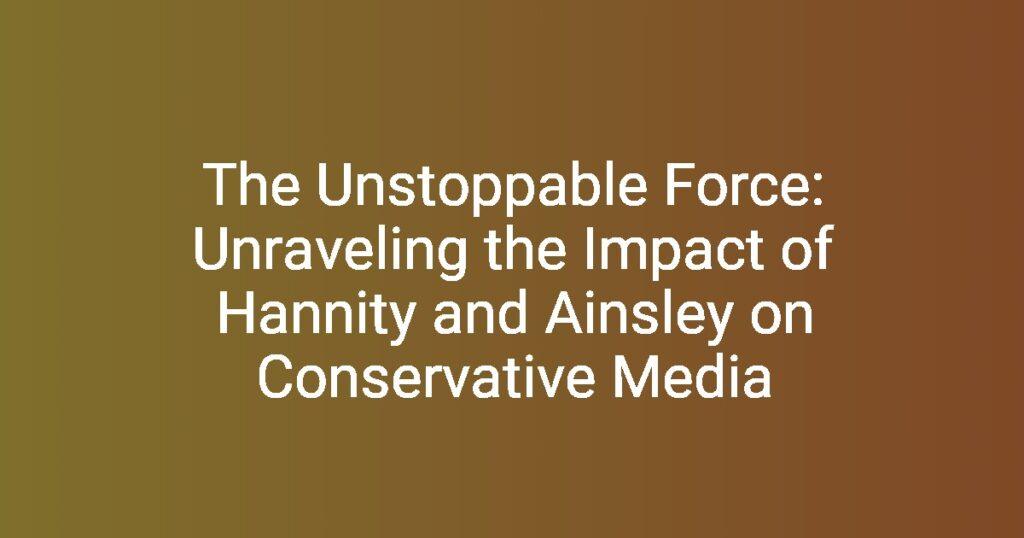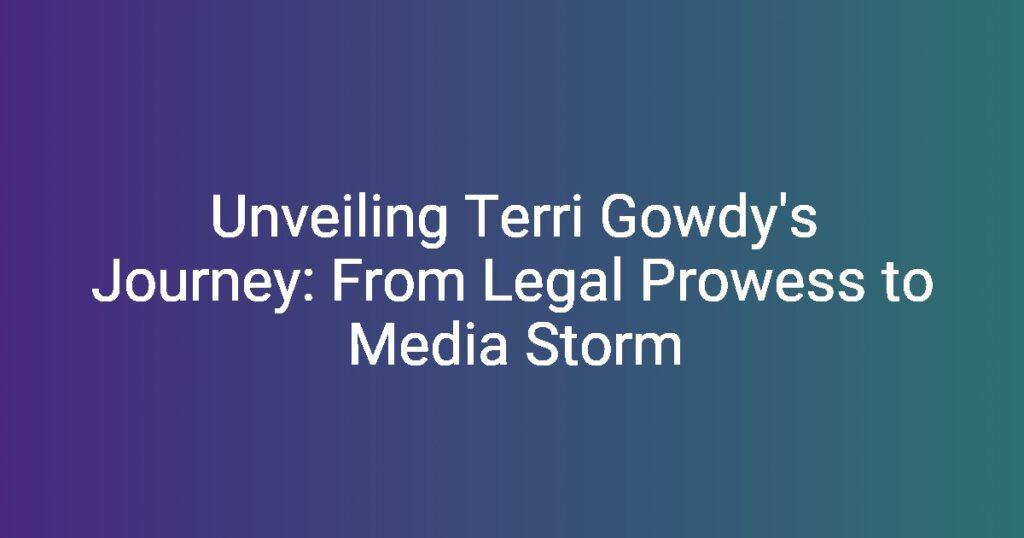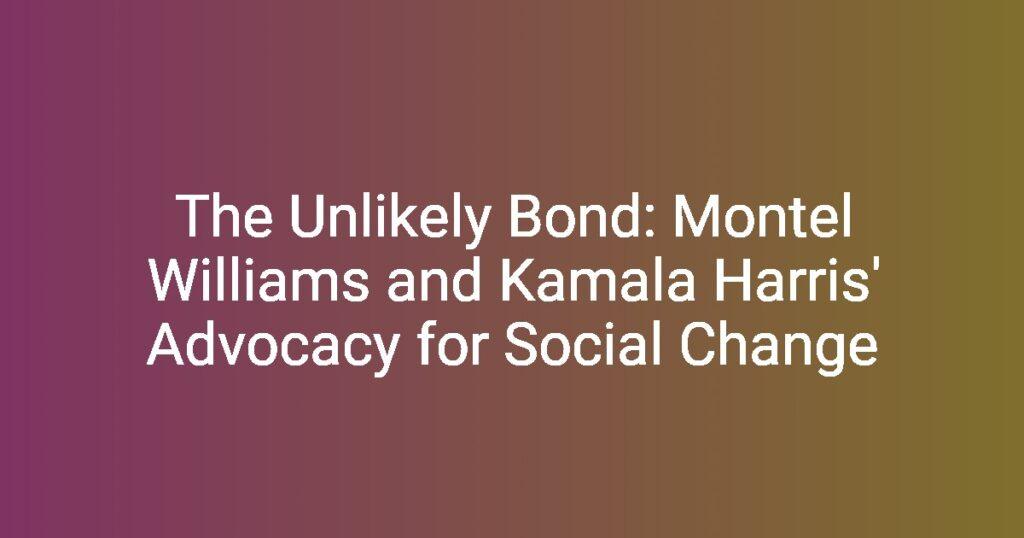The phrase “No Mercy in Mexico” has become synonymous with the country’s ongoing battle against violence and crime, permeating pop culture through music, videos, and social discourse. Its resonance is not limited to the arts; it reflects deep-rooted issues in Mexico’s society and the alarming realities surrounding organized crime, primarily driven by drug cartels. Understanding this phrase is essential for anyone looking to grasp the complexities of ongoing events in Mexico, where the consequences of violence extend far beyond its borders.
Historical Context of Violence in Mexico
Roots of Violence
Historical Factors Contributing to Violence
The landscape of violence in Mexico can be traced to multiple historical factors that intertwine to create a fertile ground for crime. One of the most significant contributors has been drug trafficking, which emerged as a lucrative enterprise, often overshadowed by political corruption and economic disparities that have long plagued the nation. The instability wrought by corruption not only permits but often facilitates cartel operations, allowing them to flourish in an environment lacking accountability.
Overview of Pivotal Events
The Mexican War on Drugs, which escalated in 2006, marked a key turning point. Initiated under former President Felipe Calderón, this war catalyzed a significant increase in violence. The onset of violent clashes, particularly between rival drug cartels, transformed numerous regions of Mexico into battlegrounds. Major cartel activities, characterized by gruesome displays of power, exemplify the no mercy in Mexico ethos that has emerged in the public consciousness.
The Role of Drug Cartels
Types of Drug Cartels Operating in Mexico
Mexico is home to several notorious drug cartels that play a fundamental role in perpetuating violence. The most notable among them include:
– Sinaloa Cartel: Perhaps the largest and most powerful, known for its vast drug operations.
– Jalisco New Generation Cartel (CJNG): Notorious for its aggressive tactics and expansion strategies.
– Gulf Cartel: One of the older cartels, involved in controlling territories and trafficking routes.
Tactics Used by Cartels
The tactics employed by these cartels illustrate the brutality inherent in their operations. Intimidation through public displays of violence serves as a tactic to maintain control over local communities, effectively instilling fear that cripples resistance. This pervasive culture of violence fuels a cycle of terror, reinforcing the notion of no mercy as a behavioral characteristic of organized crime in Mexico.
“No Mercy” Concept in Relation to Violence
Interpretation of “No Mercy”
Meaning in the Context of Organized Crime and Violence
The concept of “no mercy” encapsulates a ruthless approach to power and dominance within the Mexican drug trade. It highlights not only the absence of compassion for rivals, but also the collateral damage inflicted upon innocent civilians caught in violent clashes.
Symbolic Representation in Media and Popular Culture
This brutal ideology is perpetuated through various forms of media and pop culture, reinforcing societal perceptions of violence as a constant threat. The portrayal of these themes in music, particularly in narco-corridos, underscores the harsh realities faced by many in Mexico, often romanticizing the violence while simultaneously serving as a cautionary tale.
Media Representation
Overview of How Violence in Mexico is Portrayed in Films and Television
Films and television shows often depict the violence in Mexico through a sensational lens. Movies like *El Chapo* and *Narcos* delve into the inner workings of drug cartels, showcasing not only the glamorized drug trade but also the dire consequences of unchecked violence.
Analysis of Music and Lyrics
Music, especially narco-corridos, illustrates the deeply ingrained culture of violence and crime in Mexico. These songs narrate tales of cartel life, often conveying themes of honor, power, and vengeance, all wrapped within the no mercy ethos. The lyrics frequently reflect the societal admiration and fear associated with cartel figures.
Impact on Society
Psychological Impact on Communities
Traumatic Effects on Those Living in Violent Areas
The pervasive violence has profound psychological effects on communities across Mexico. Many individuals enduring daily threats feel trapped in a reality where trauma becomes normalized. As a result, Post-Traumatic Stress Disorder (PTSD) and other mental health issues rise.
Rise in PTSD and Other Mental Health Issues
Studies indicate that the psychological toll of living amid such pervasive violence leads to increased rates of anxiety, depression, and other mental health challenges. This contributes to a cycle of vulnerability and instability among affected populations.
Migration and Displacement
How Violence Contributes to Migration Patterns
The prevalence of violence in Mexico significantly drives migration patterns, where individuals and families seek safer environments. Fleeing cartel violence, many embark on dangerous journeys, hoping to find refuge in countries like the United States.
The Journey of Migrants Fleeing Violence
Forced migration often subjects individuals to further risks, including exploitation and violence during their journeys. The plight of these migrants emphasizes the urgent need for attention to the ramifications of no mercy in Mexico.
Impact on Border Relations with the U.S.
The Complexities of Border Relations
The migration flow created by violence complicates relations with the United States, leading to increased border security measures and a politicization of immigration. The situation underscores the need for more collaborative approaches to address the root causes of migration prompted by violence.
Government Response
Anti-Drug Policies and Their Effectiveness
Analysis of Government Strategies
The Mexican government’s responses to drug-related violence often lean towards militarized tactics, leading to increased casualties. Despite high-profile captures and operations, the influence of drug cartels persists, perpetuating the cycle of violence.
Discussion of Public Opinion on Government Efforts
Public opinion on government strategies remains divided. While some support aggressive anti-drug policies, others criticize the inability of the government to address the underlying issues contributing to violence, reflecting a persistent cycle of distrust between the populace and state authority.
Community Initiatives
Grassroots Movements Addressing Violence
In response to the escalating violence, numerous grassroots movements have emerged, focusing on community resilience. These organizations strive to restore peace by fostering dialogues, rebuilding trust, and offering support systems for traumatized individuals.
Programs Aimed at Prevention and Rehabilitation
Programs aimed at preventing crime through education and rehabilitation are crucial for breaking the cycle of violence. By instilling hope and providing alternatives to the routes offered by drug cartels, these initiatives address the heart of the problem.
Global Perspective
Comparative Analysis with Other Countries
Similarities with Other Nations Facing Violence
Mexico’s struggle with drug cartels is not unique. Countries like Colombia and El Salvador face similar challenges, grappling with organized crime and violence stemming from socio-economic issues. Analyzing these cases can reveal possible solutions for Mexico.
Lessons Learned from International Approaches to Violence
International efforts to curb violence, including community engagement and policy reforms, yield valuable lessons. Mexico could benefit from adopting holistic approaches focused on development rather than solely punitive measures.
The Role of International Drug Markets
Global Demand for Drugs and Its Effects
The global demand for illegal drugs is a primary driver of violence in Mexico. As long as there is a market for narcotics, the conflict between cartels will continue, leading to further violence. Addressing this issue requires international cooperation.
Efforts by Various Countries to Curb Drug Trafficking
Several countries have taken strides to combat drug trafficking through policy reforms and public health approaches. Collaboration among nations is essential to effectively address the root causes of drug-related violence.
Conclusion
The phrase “No Mercy in Mexico” encapsulates a complex web of violence that involves historical, cultural, and socioeconomic dimensions. Ultimately, our understanding of this phrase should prompt reflection on the future prospects for peace in Mexico and encourage collective action towards fostering a safer environment.
Further Reading/Resources
For those seeking to delve deeper into the complexities surrounding violence in Mexico, the following resources may provide valuable insights:
– *El Narco: Inside Mexico’s Criminal Insurgency* by Ioan Grillo
– *Narconomics: How to Run a Drug Empire* by Tom Wainwright
Additionally, organizations working to combat violence and support victims can be found at [Human Rights Watch](https://www.hrw.org/) and [Médecins Sans Frontières](https://www.msf.org/) for further exploration of solutions.
Table of Key Points Summary
| Key Points | Description |
|---|---|
| Historical Context | Violence driven by drug trafficking, corruption, and poverty. |
| Cartel Types | Sinaloa, CJNG, Gulf Cartel among the largest. |
| No Mercy Concept | Ruthlessness of organized crime reflected in media. |
| Psychological Impact | Increased anxiety, PTSD in affected communities. |
| Migration Patterns | Violence drives migration to the U.S. |
| Government Response | Militarization vs. grassroots community initiatives. |
| Global Perspective | Lessons from Colombia and international drug policies. |
Frequently Asked Questions
1. What does “No Mercy in Mexico” mean?
This phrase reflects the brutal reality of violence driven by drug cartels in Mexico, illustrating a culture of intimidation and ruthlessness.
2. How did drug trafficking affect violence in Mexico?
Drug trafficking has significantly contributed to an explosion of violence, as cartels vie for control and engage in brutal clashes.
3. What role do drug cartels play in Mexican society?
Drug cartels exert considerable influence, often dictating local economies and instilling fear in communities through violence.
4. How has the Mexican government responded to cartel violence?
Responses have often leaned towards militarization, resulting in mixed public opinion regarding their effectiveness and consequences.
5. What are the psychological effects of living in violent areas?
Residents frequently experience trauma, PTSD, increased anxiety, and a sense of helplessness due to constant exposure to violence.
6. How does violence in Mexico affect migration to the U.S.?
Ongoing violence is a driving force behind migration, with many fleeing to seek safety, often facing additional dangers along the way.
7. Is Mexican drug violence a unique issue?
No, similar issues are present in countries like Colombia and El Salvador, offering opportunities for comparative analysis and solutions.
8. What are narco-corridos and their significance?
Narco-corridos are a musical genre that narrates stories of drug cartels, reflecting their cultural impact and the perception of violence.
9. How can the international community help Mexico?
International cooperation in addressing drug demand and implementing comprehensive policy reforms can significantly assist in curbing violence.
10. Where can I find more information on violence in Mexico?
Resources such as books, articles, and documentaries are available, as well as organizations like Human Rights Watch and Médecins Sans Frontières.




